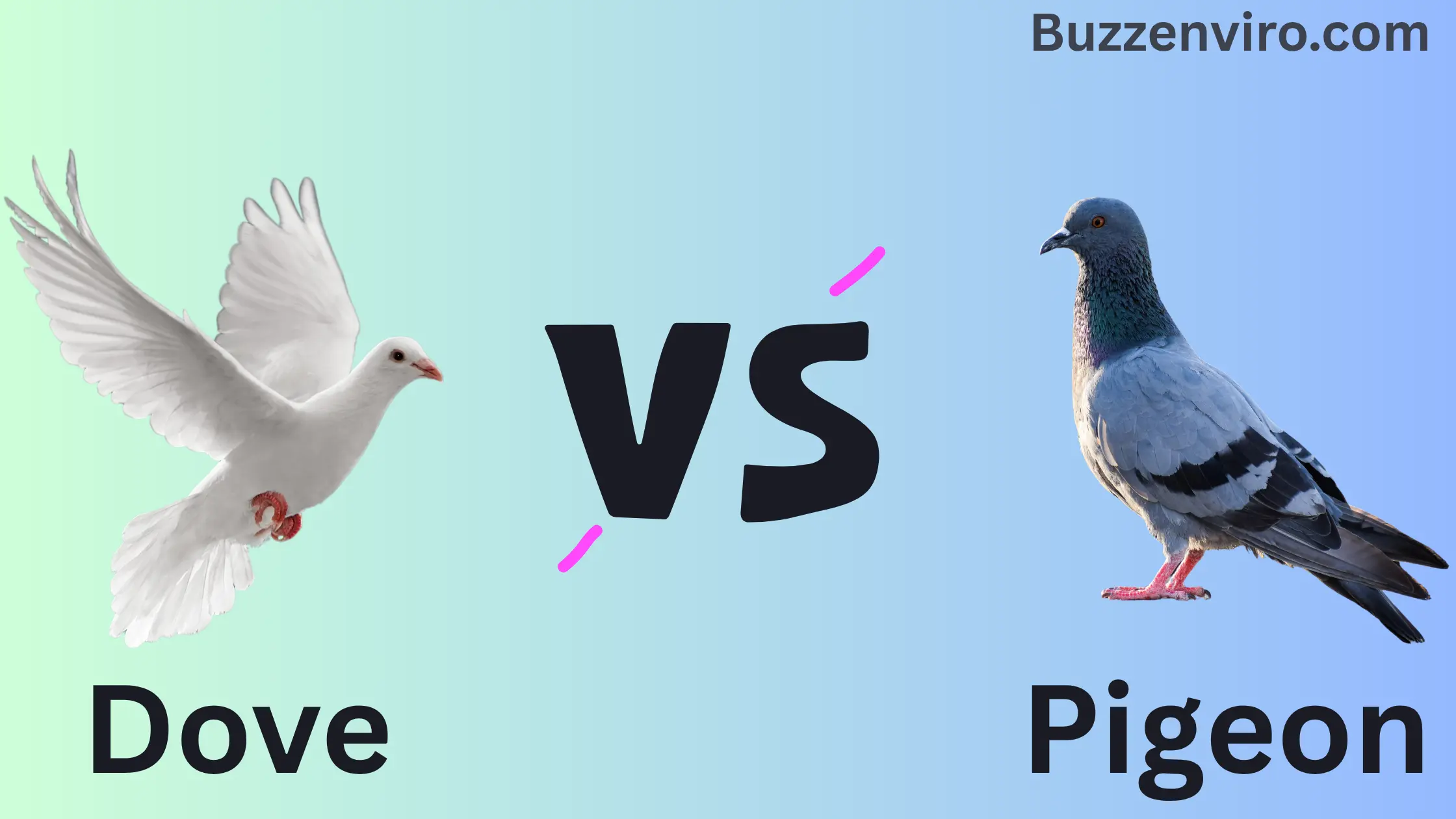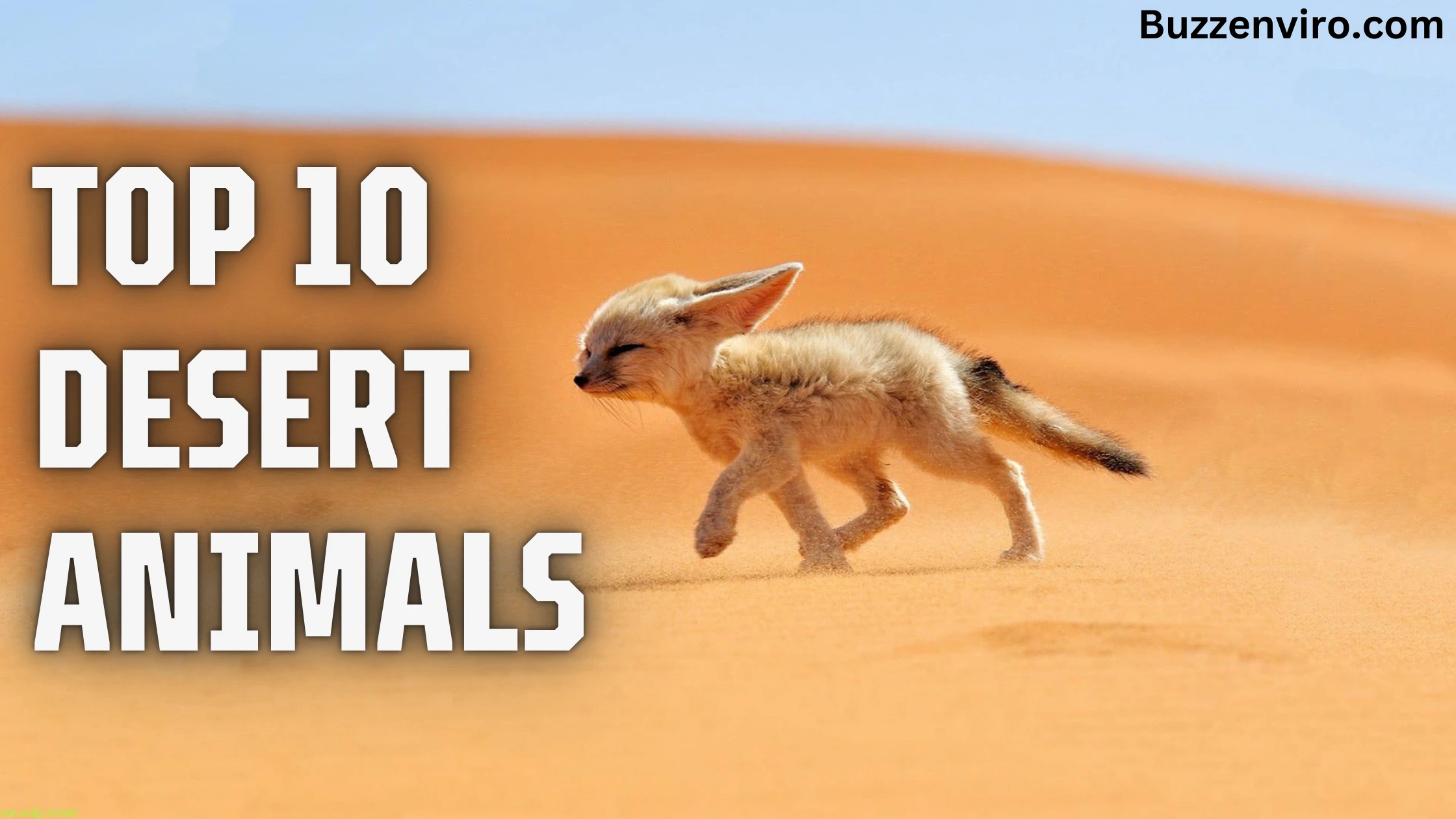At first glance, doves and pigeons might seem like two peas in a pod. Their gentle cooing sounds, similar body shapes, and presence in both rural and urban settings often lead to the misconception that they are the same bird. However, despite belonging to the same family (Columbidae), doves and pigeons have distinct differences that are worth exploring. Whether it’s their appearance, vocalizations, or even their symbolic significance, these birds have a lot more to offer than meets the eye.
In this blog, learn the dove and pigeon differences, highlighting their diverse species, unique pigeon sounds, and iconic dove sounds. We’ll also explore how these birds have adapted to different environments and why they are so significant in cultures worldwide. Whether you’re a birdwatcher, nature enthusiast, or just curious, this article will give you a deeper understanding of these fascinating creatures. So, next time you spot a cooing bird, you’ll be able to tell whether it’s a dove bird or a pigeon—and appreciate the subtle beauty that makes them unique.
What Defines a Dove vs. a Pigeon?
As we’ve discussed previously, the main distinction between a dove bird and a pigeon lies in their size, coloration, habitat, and sounds. However, when you delve into the specifics of each species, these differences can become more nuanced. Below, we’ll highlight some of the most popular species of both doves and pigeons, comparing their features.
1. Common Pigeon (Rock Pigeon) vs. White Dove
Rock Pigeon (Pigeon)

- Size: The common pigeon (often called a rock pigeon) is larger, with a stocky, broad body and short legs. Their average length ranges from 12–14 inches (30–35 cm).
- Coloration: These pigeons have a broad range of colors, but the most common are gray with a glossy green and purple iridescent sheen on the neck.
- Sound: The pigeon voice is deep and resonant, often heard as a “coo-coo” sound that is more pronounced and guttural than that of a dove.
- Habitat: Typically found in cities, towns, and near human settlements. Their adaptability to urban environments makes them a common sight.
White Dove (Dove)

- Size: White doves are smaller and sleeker compared to pigeons, typically around 13–14 inches (33–36 cm) in length.
- Coloration: True to their name, white doves are almost entirely white. This pure white color is often seen in ceremonial settings.
- Sound: Their dove sounds are soft and peaceful, with a gentle “coo-coo” that’s higher-pitched and more melodic than a pigeon’s call.
- Habitat: White doves are mostly associated with symbolic and ceremonial use rather than a specific habitat. However, they are found in the wild as well, often in forests and open spaces.
2. Mourning Dove vs. Victoria Crowned Pigeon
Mourning Dove (Dove)

- Size: The mourning dove is a medium-sized dove, measuring around 12–13 inches (30–33 cm) in length.
- Coloration: It has soft, grayish-brown feathers with a long, pointed tail, and some subtle black spots on its wings.
- Sound: The dove sounds of the mourning dove are known for their haunting, soft, and rhythmic cooing, often described as a “whoo-oo-oo.”
- Habitat: The mourning dove is common throughout North America and is often seen in suburban areas, farmland, and forests.
Victoria Crowned Pigeon (Pigeon)

- Size: The Victoria crowned pigeon is one of the largest pigeons, measuring about 29 inches (74 cm) long.
- Coloration: This pigeon is stunning with a deep blue plumage, maroon breast, and a striking crest on its head that resembles a crown.
- Sound: The pigeon voice of the Victoria crowned pigeon is a low, deep cooing sound that is less frequent than that of smaller pigeons but carries across long distances.
- Habitat: Native to New Guinea, this pigeon prefers tropical rainforests and is known for its striking beauty, often found in the wild but also in zoological collections.
3. Ring-necked Dove vs. Passenger Pigeon (Extinct)
Ring-necked Dove (Dove)

- Size: This species of dove is medium-sized, measuring about 13 inches (33 cm) in length.
- Coloration: The ring-necked dove has light gray or tan feathers, with a distinct black crescent-shaped ring around its neck.
- Sound: The cooing of this dove is gentle and repetitive, making a distinctive “coo-COO-coo” sound that is often used in peaceful contexts.
- Habitat: Commonly found in Asia, the Middle East, and parts of Africa, the ring-necked dove is a familiar sight in both urban and rural settings.
Passenger Pigeon (Extinct)
- Size: Passenger pigeons were medium-sized, about 13–15 inches (33–38 cm) in length.
- Coloration: These pigeons had slate-gray bodies with a reddish-brown breast and a slightly iridescent neck.
- Sound: Their pigeon sound was a soft cooing that would often be heard in large flocks, which was a defining characteristic of their social behavior.
- Habitat: The passenger pigeon once populated North America in massive flocks, especially in eastern forests. Unfortunately, due to overhunting and habitat destruction, this species became extinct in the early 20th century.
4. Turtle Dove vs. Nicobar Pigeon
Turtle Dove (Dove)

- Size: Turtle doves are small to medium-sized doves, measuring around 12–13 inches (30–33 cm).
- Coloration: They have a distinctive reddish-brown coloration with grayish-brown feathers, and a small patch of iridescent feathers around their neck.
- Sound: Known for their soft, melancholic dove sounds, the turtle dove’s call is a low “tur-tur” that is often associated with romantic imagery.
- Habitat: The turtle dove is commonly found in Europe, Asia, and North Africa, and is often seen in woodlands and farmland areas.
Nicobar Pigeon (Pigeon)

- Size: The Nicobar pigeon is a large pigeon, measuring about 16–20 inches (40–50 cm).
- Coloration: It has striking iridescent green, blue, and copper feathers, making it one of the most colorful pigeons in the world.
- Sound: The pigeon voice of the Nicobar pigeon is deep and resonant, though less frequently heard than smaller pigeons due to their more solitary nature.
- Habitat: Native to the Nicobar Islands and surrounding areas, this pigeon is usually found in coastal forests and is known for its unique appearance and colorful feathers.
5. Passenger Dove vs. Feral Pigeon
Passenger Dove (Dove)

- Size: The passenger dove is small, around 10 inches (25 cm) in length.
- Coloration: Passenger doves are light gray with a white underbelly and slightly darker wings.
- Sound: Their dove sounds are soft, with a cooing that is almost continuous and gentle, ideal for creating a calm and peaceful environment.
- Habitat: Found primarily in grasslands and open woodlands, passenger doves are seen in flocks and often perch in trees during the day.
Feral Pigeon (Pigeon)

- Size: Feral pigeons, or city pigeons, are medium-sized, around 12 inches (30 cm) long.
- Coloration: These pigeons are most commonly gray with iridescent feathers around the neck and wings, though they can also come in other colors due to interbreeding.
- Sound: The pigeon voice is characterized by a loud, continuous cooing sound that is often heard in urban environments.
- Habitat: Feral pigeons are found in almost every city worldwide and are highly adapted to urban life, often living in buildings, bridges, and other structures.
Also Read:- Indian Elephant vs African Elephant






